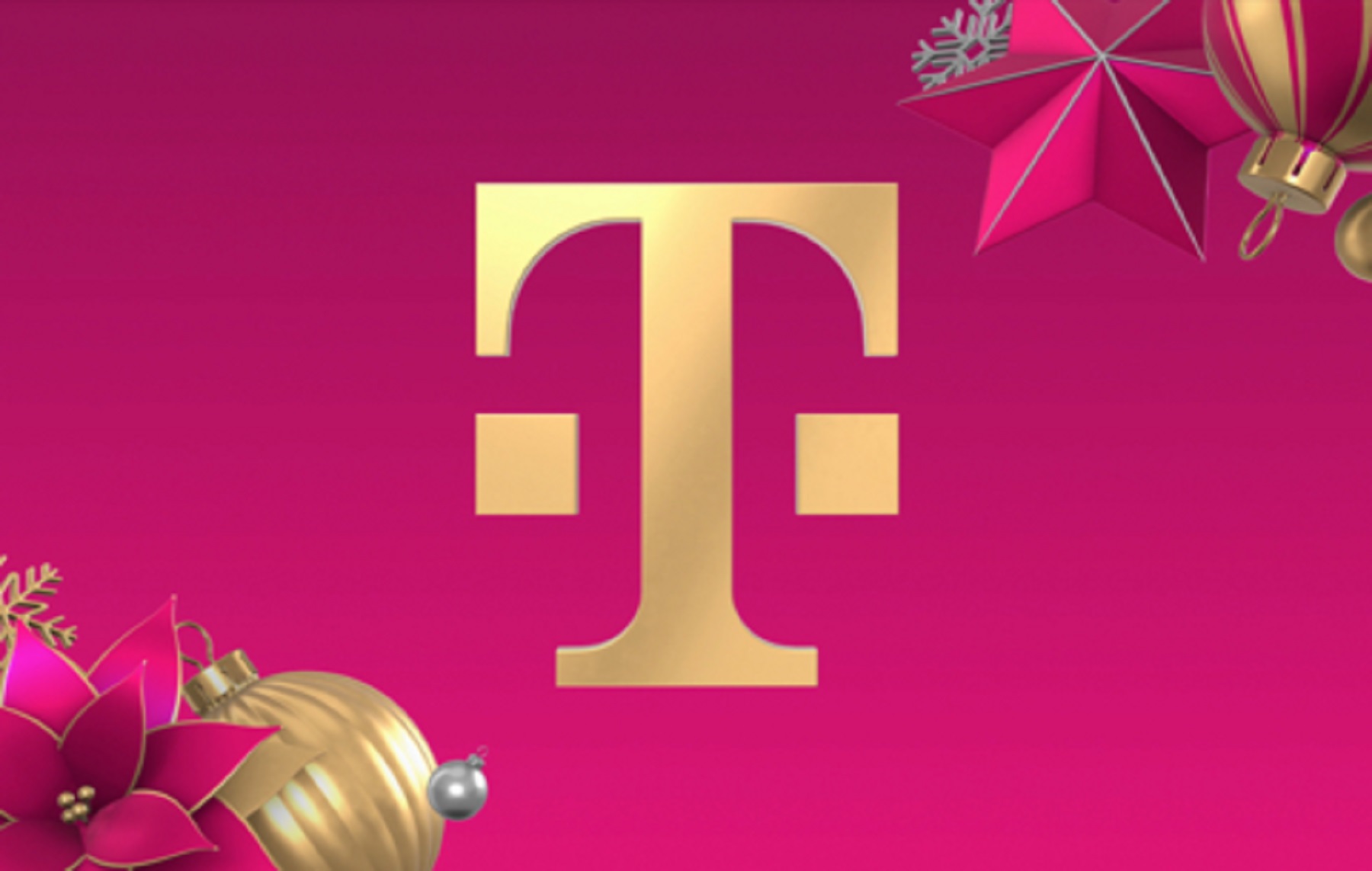The Advantages of Shielded Twisted Pair (STP) Cables

Wired networks are useful to those who need an uninterrupted connection for their tech devices. People use Ethernet cables to construct a wired network system. When selecting Ethernet cables, you must first consider the differences between shielded twisted pair (STP) and unshielded twisted pair (UTP) cables. Though UTP cables have their perks, the advantages of shielded twisted pair cables make a bigger impact.
What Is STP?
STP cables offer additional wire protection, unlike UTPs. There are three different types of STP cables, categorized by their ability to prevent electromagnetic interference, or EMI, and ward off power frequencies.
Braided STPs
Braided STPs offer an EMI protection rate of 90 percent. Companies that want a decent connection, but do not have dire security requirements, can select this braided option.
Spiral STPs
Spiral STPs provide a whopping 98 percent of EMI coverage. Facilities that want to reduce interference but cannot afford metal-coated mylar wires can choose the effective spiral STP choice.
Metal-Coated Mylar STPs
This type of STP cable provides a satisfying 100 percent EMI protection rate. Networks that are highly susceptible to interference should veer toward the metal-coated mylar cables, as they guarantee a reliable connection.
Their Advantages
The advantages of STP cables are crucial to many industries because of their performance. Their benefits are listed below:
- The variety of STP cables is a large perk. Buyers can choose STP cables depending on their needs.
- STP cables’ EMI prevention is critical to successful data transmission. Communication facilities, like radio and air traffic stations, use STPs since they reduce noise and interference so well.
- STP cables also prevent noise from leaving the channel. This security feature is especially important to businesses processing sensitive data. STPs reduce the risk of data being stolen while being transmitted.
- STPs prevent crosstalk, which is particularly convenient for facilities that host several networks.
STPs are often more expensive than UTPs. They are worth the investment, however, as they provide longevity and a durable connection. Save yourself from constant cheap cable replacement by opting for STPs.





